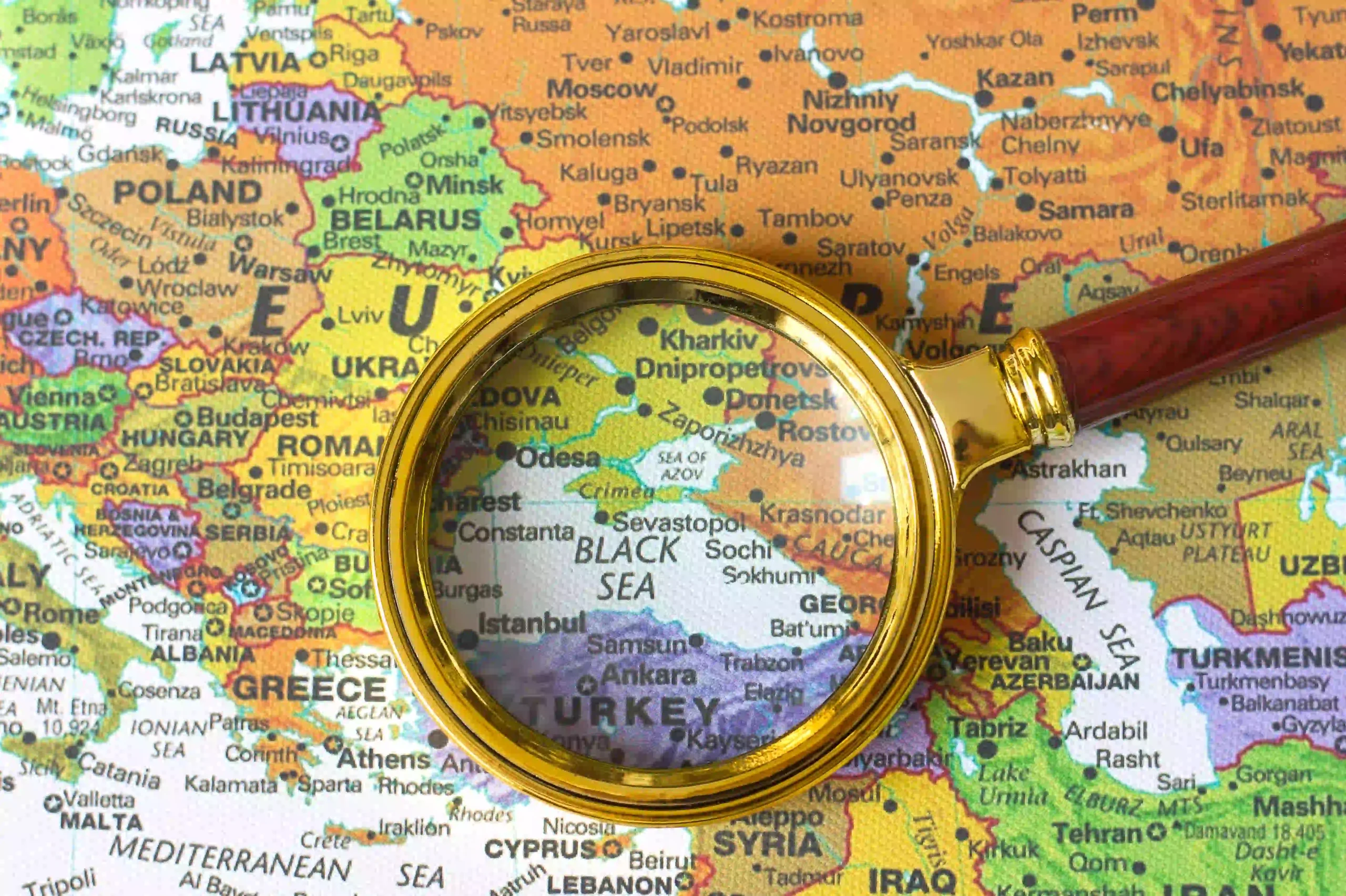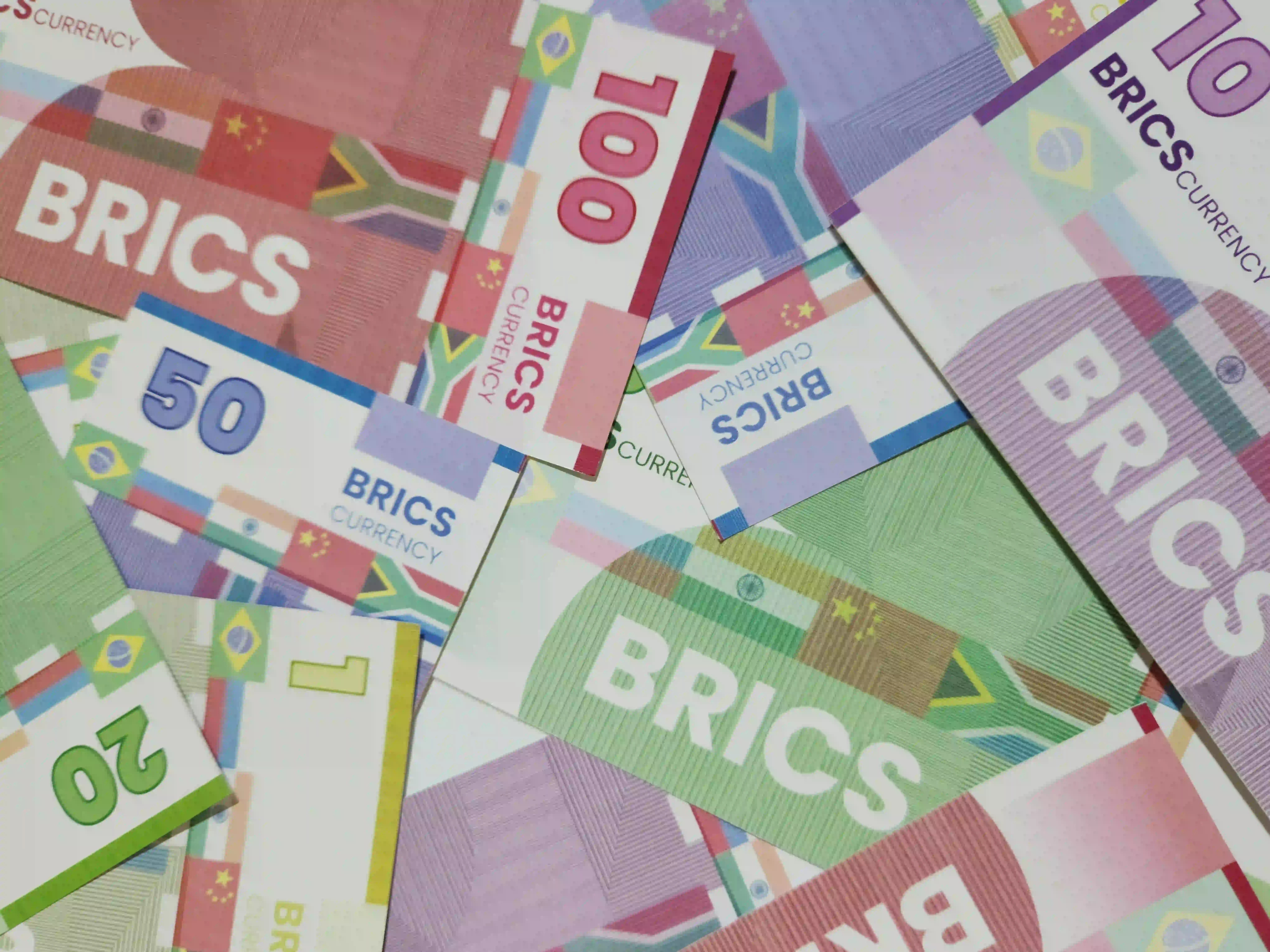The Russian-Ukrainian war created significant uncertainty in the world’s energy markets and disrupted trade relations between the second-largest energy exporter and the second-largest energy importer. This disruption strongly signals a shift in the global energy supply chains, as indicated in a previous analysis. In the short term, Europe is expected to turn to the Arab Gulf to fill the gap left by the lack of Russian energy products.
However, in the long term, Europe will need to find sources that are highly sustainable, affordable, and less harmful to the environment than oil. This is because petroleum usage is incompatible with the European Green Deal (EGD), which aims to achieve carbon neutrality for the entire European continent by 2050. Furthermore, the EGD seeks to reduce greenhouse gas emissions from the mainland by around 55% below 1990 levels by 2030, which is unattainable with continued oil usage.
As a result, Europe will turn to its neighbours, particularly those in North Africa, who possess a variety of energy sources that can help it achieves its objectives and guarantee energy sustainability. Thus, this article explores Europe’s energy requirements and assesses the potential of North Africa’s energy resources to meet these requirements.
Shortcomings of European Self-Resources
The majority of the energy used in Europe comes from fossil fuels, with the most significant being oil, which accounts for around 35% of the total energy consumed in the continent, followed by natural gas at about 24%, as shown in the following figure:
According to the figure, around 70% of Europe’s energy mix still comes from fossil fuels, which are in relatively low supply compared to the continent’s energy needs. Thus, Europe seeks to secure these demands from most of the world’s producers. In 2019, the European Union imported liquefied gas from the United States, Chile, Trinidad and Tobago, and other countries before having tense relations with Russia. However, Russia remained the most significant and primary exporter to Europe under all circumstances due to its geographic closeness and the availability of infrastructure, including pipelines and pumping stations to transport gas and oil to Europe during the Soviet era. Consequently, the prices of Russian products decreased, increasing Europe’s reliance on them. The following map illustrates the network of gas pipelines and export and import terminals between Russia and Europe:
On the other hand, amid the energy crisis that followed the October 1973 war, Europe turned to nuclear reactors to compensate for the lack of fossil fuels it faced and increase its energy independence,. However, this trend was limited after the nuclear disasters in Chernobyl and Hiroshima, which raised concerns about nuclear safety. Moreover, the low efficiency of power generation due to poor cooling quality, compounded by the effects of climate change and high temperatures on rivers used for cooling, has led to a growing trend of abandoning nuclear energy.
The two former workers together led to the growth of European dependence on abroad, gradually increasing the percentage of this dependence from levels of 50% in 1990 to 60.5% in 2019 before the Corona and Russian-Ukrainian war crises, as the following figure shows:
The figure shows the increase in oil consumption until 2006 and gas consumption until 2021 in Europe. Meanwhile, Europe’s dependence on other countries for all energy sources has continued to grow compared to 1990, exacerbating stemming from the current crisis Russia and its use of oil in region. The crisis has forced Europe to search for alternative energy resources that are closer to the region and abundance of production capacities of energy that is less polluting the environment so that it can achieve its climate targets, without affecting the competitiveness of its industry. The North African region has emerged as a substitute due to its combination of these features.
North Africa’s Energy Capabilities
The North African region, which consists of Egypt, Libya, Tunisia, Algeria, Morocco, and Mauritania, possesses various energy resources, including oil, gas, coal, and renewable sources, particularly solar and wind energy. In addition, some countries in the region are planning to launch nuclear programmes for generating power. We explore in this article the region’s overall energy capabilities, with a particular focus on the gas and renewable energy that Europe plans to import to meet its climate goals.
Natural Gas Capabilities
Ongoing research and exploration activities have led to significant increase in the North African region’s gas capabilities. The combined proven gas reserves of Egypt, Libya, and Algeria total around 5.8 trillion cubic metres, equivalent to the total European consumption of about 571 billion cubic metres in ten years. The US Geological Survey expects the region’s reserves to reach about 6.5 trillion cubic metres. Due to their proximity to Europe and robust infrastructure, countries in the region can export products to Europe at competitive prices, helping to offset the high gas import costs from other regions, notably those across the Atlantic, such as the Americas.
The region has 18 natural gas liquefaction and reception stations, enabling it to liquefy around 10 million tonnes of gas annually; about 24.5 thousand kilometres (km) of gas pipes connect the region to three paths to Europe: Green Stream Trans-Mediterranean Gas Pipeline and MedGaz. At the same time, the first gas pipeline originates in Libya, and the second and third in Algeria. On the other hand, the region’s export capacities are increasing and reaching 51 billion cubic metres in 2021, equivalent to one-tenth of European consumption in the same year. The following figure illustrates the production, consumption, and export capabilities of the countries of the region:
These quantities are expected to increase because of Egypt’s collaboration with the countries of the eastern Mediterranean basin, particularly Cyprus, Greece, and Israel, to liquefy Israeli gas and re-export it. This will give the region a new role in addition to its current role as a major exporter serving as a corridor for gas from other regions.
Solar Energy Capabilities
The North African region is located on the Tropic of Cancer, 23.3 degrees north of the equator. During most summer days, the sun shines perpendicularly, and daylight hours are long, averaging between 10 and 13 hours per day on most days of the year. This significantly increases the amount of radiation the region receives annually. Furthermore, the majority of the region features a flat desert landscape covering vast areas of more than 9 million km2 within the Sahara Desert which is free from any horizontal or vertical obstructions that might obstruct sunlight access or the construction of solar power plants, as shown in the following figure:

The figure indicates that North Africa has some of the highest solar energy-producing capacities worldwide. For example, some areas of the Sahara Desert have an annual capacity of 2.4 megawatts per square metre, making the region one of the world’s finest sources of renewable energy, especially for the European continent, due to its proximity to achieving climate targets.
On the other hand, the region’s countries now use solar energy to generate around 3.3 gigawatts of power. Moreover, they are working on adding 2.5 gigawatts, the majority of which will be completed by 2024, as shown in the following table:
The table shows that the total futures of solar energy for the countries of the region are 42.2 megawatts, or nearly the tenth of the highest energy consumption rate in the history of the European Union, which reached 473 GW, and more than 8 % of the highest rate expected in 2040, which is 518 GB.
The Russian-Ukrainian crisis and the turbulence it caused in the energy market will drive the European Union to turn its attention to the North African region in the medium and long term to compensate for the loss of Russian energy, diversify Europe’s energy sources, and lessen its current dependence on Russia. In the future, the region is poised to become a significant source of global energy, comparable to the emergence of a new Gulf region, which will fundamentally transform the economies of its countries and establish new and sustainable energy economies paving the way for collaborative development processes in Europe and the region will be established for decades to come.
References
A European Green Deal [Internet]. [cited 2023 Feb 12]. Available from: https://commission.europa.eu/strategy-and-policy/priorities-2019-2024/european-green-deal_en
Lieber RJ. After the second oil crisis: energy policies in Europe, America, and Japan. Int Aff. 1982 Jan 1;55(4):531–45.
France Needs to Study Impact of Global Warming on Nuclear Plants – Bloomberg [Internet]. [cited 2023 Feb 12]. Available from: https://www.bloomberg.com/news/articles/2023-01-23/france-needs-to-study-impact-of-global-warming-on-nuclear-plants
EU energy mix and import dependency – Statistics Explained [Internet]. [cited 2023 Feb 13]. Available from: https://ec.europa.eu/eurostat/statistics-explained/index.php?title=EU_energy_mix_and_import_dependency#EU_energy_dependency_on_Russia
Statistical Review of World Energy | Energy economics | Home [Internet]. [cited 2023 Feb 7]. Available from: https://www.bp.com/en/global/corporate/energy-economics/statistical-review-of-world-energy.html






















Comments